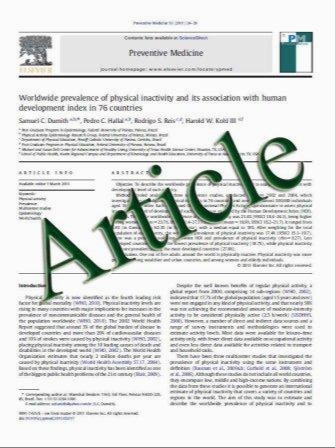Effect of Bowel Preparation with Polyethylene Glycol on Quality of Capsule Endoscopy
- نوع فایل : کتاب
- زبان : انگلیسی
- مؤلف : Sung Chul Park Bora Keum Yeon Seok Seo Yong Sik Kim Yoon Tae Jeen Hoon Jai Chun Soon Ho Um Chang Duck Kim Ho Sang Ryu
- چاپ و سال / کشور: 2010
Description
Background and Aims Capsule endoscopy (CE) has the problem that lumen visualization is impaired by bubbles, bile, and debris. The benefits of bowel preparation are still controversial and the best method remains to be determined. The objective of this study was to evaluate the effect of the method of bowel preparation on the quality of visualization and on transit time. Methods The study sample consisted of 68 patients for CE. Patients were randomly allocated to three groups. In group A (n = 23), patients fasted for 12 h before CE. In groups B (n = 20) and C (n = 25), patients received 2 and 4 l of polyethylene glycol (PEG), respectively. Small bowel images were evaluated by use of a cleansing score system. Representative frames were serially selected at 5-min intervals and scored by assessment of two properties (proportion of luminal visibility and extent of obscuration). Results The median scores of image quality in groups A, B, and C were 2.26, 2.43, and 2.55 respectively, (P = 0.034). Cecal completion rates, gastric transit time, and small bowel transit time were no different among the three groups. Detection of lesions in groups A, B, and C was 56.5, 65.0, and 68.0%, respectively. Conclusions Bowel preparation with PEG resulted in better image quality than fasting alone. No significant difference was observed between 2 and 4 l. PEG 2 l rather than 4 l may be a useful method of preparation for CE.
Dig Dis Sci (2011) 56:1769–1775 DOI 10.1007/s10620-010-1500-2 Received: 20 May 2010 / Accepted: 15 November 2010 / Published online: 16 December 2010


